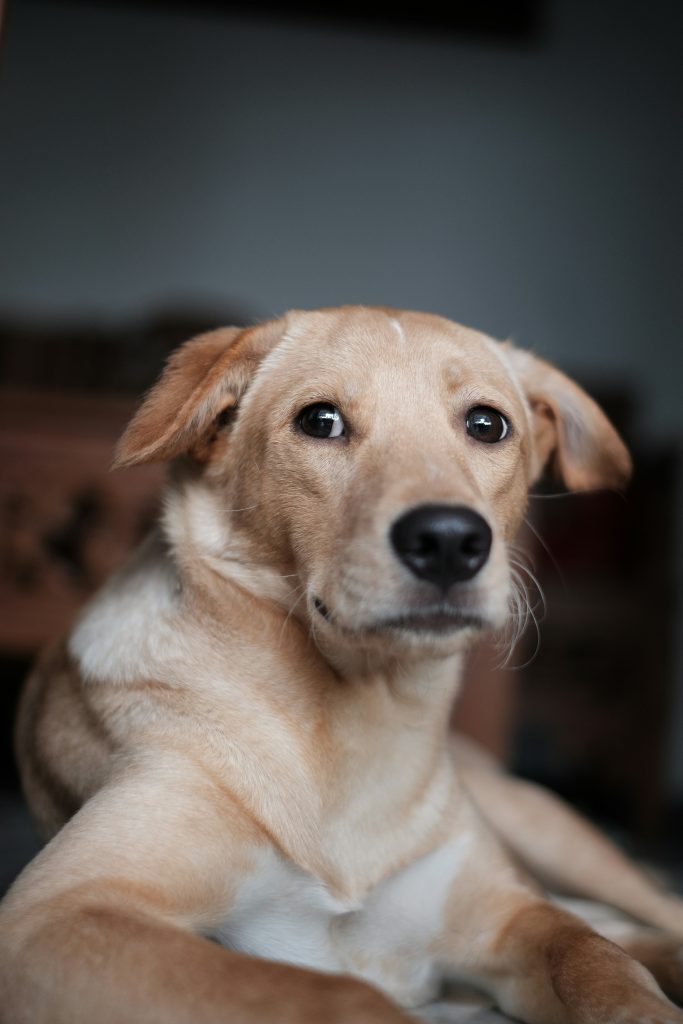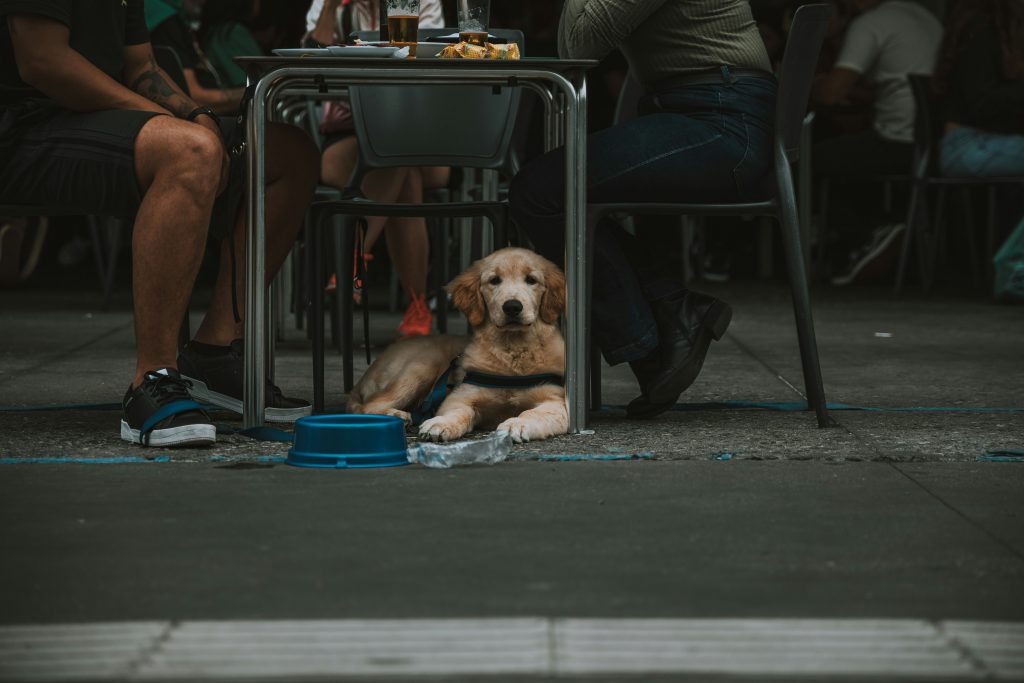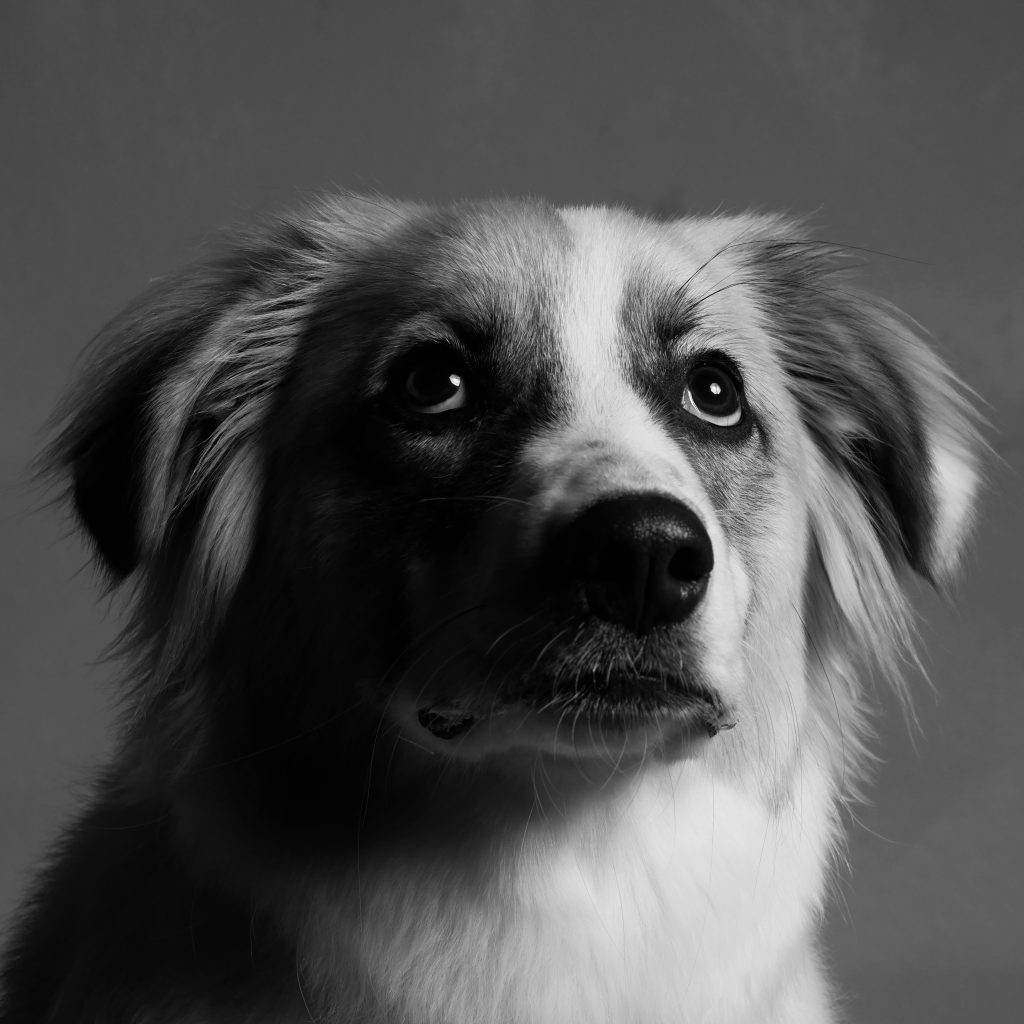How Other Dogs Can Trigger Nervousness
Not all dogs are natural social butterflies. While some pups are thrilled to meet every furry face they pass on the sidewalk, others might shrink back, bark, or shake at the sight of another dog. Understanding how other dogs can trigger nervousness is crucial if you want to build confidence and help your dog feel safe in a social world.
In this blog, we’ll explore why some dogs feel nervous around others, how to recognize the signs, and how to manage dog-to-dog interactions for a more relaxed experience.
Why Are Some Dogs Nervous Around Others?
There are several reasons a dog might be anxious or fearful around other dogs:
-
Lack of early socialization: Puppies that don’t get regular, positive exposure to other dogs during their critical social period (around 3 to 16 weeks old) may grow up unsure or fearful of other dogs.
-
Past negative experiences: A traumatic encounter—like being attacked or bullied—can create lasting anxiety.
-
Genetics or temperament: Some dogs are naturally more cautious, introverted, or shy.
-
Overwhelming environments: Dog parks or crowded areas can cause sensory overload, even for confident dogs.
No matter the cause, it’s important to honor your dog’s emotional state while helping them grow.
Signs Your Dog Is Nervous Around Other Dogs
Some signs of nervousness are obvious, while others are subtle. Keep an eye out for:
-
Avoidance: Turning away, hiding behind you, or trying to escape the situation.
-
Stiff body language: Tail tucked, frozen posture, or ears pinned back.
-
Growling or barking: Often a defensive response to fear, not aggression.
-
Lip licking or yawning: Signs of stress when there’s no physical reason (like hunger or tiredness).
-
Panting, drooling, or trembling: Especially when not tied to heat or exertion.
Understanding these signals helps you intervene before fear escalates into more serious reactions.
Avoiding Forced Interactions
One of the biggest mistakes well-meaning dog owners make is forcing their dog to “just get over it” by pushing them into social situations. But nervous dogs don’t build confidence by being overwhelmed.
Avoid:
-
Dropping your dog into a chaotic dog park.
-
Letting other dogs rush up during walks.
-
Forcing on-leash greetings (especially with tension in the leash).
Instead, focus on controlled, positive exposure that allows your dog to stay under threshold and feel safe.
Setting Up for Positive Social Experiences
Here’s how to help your nervous dog learn that other dogs aren’t a threat:
1. Create Distance
Start with observing other dogs from a distance. Reward your dog for calm behavior while simply watching. This builds neutral to positive associations.
2. Use a Calm Companion
Introduce your dog to a calm, well-socialized “helper dog” in a quiet environment. Let them observe each other before interaction, and keep sessions short and positive.
3. Focus on Parallel Walking
Walking parallel to another dog (not face-to-face) helps nervous dogs learn to coexist without confrontation. This is a great confidence builder.
4. Watch Your Dog’s Body Language
The moment your dog begins showing signs of discomfort, increase distance and give them a break. Don’t wait until they panic.
5. Reward Confidence
Use treats, toys, or praise when your dog exhibits calm or curious behavior around other dogs.
When Play Goes Wrong
Even if your dog seems okay with others at first, overstimulation or mismatched play styles can trigger anxiety. Know the difference between healthy and problematic interactions:
Healthy play:
-
Role reversal (dogs take turns chasing/being chased)
-
Loose, bouncy movement
-
Self-interruptions (pauses in play)
-
Relaxed, open mouths
Red flags:
-
One dog always dominates
-
Constant pinning or mounting
-
Tense bodies, stiff tails
-
Ignoring each other’s cues to stop
If you notice play turning stressful, calmly interrupt and create space.
What About Dog Parks?
Dog parks can be fun for some dogs—but a nightmare for nervous ones. They’re loud, unpredictable, and often unmonitored.
If your dog is nervous:
-
Skip the dog park for now.
-
Focus on one-on-one interactions or calm group classes.
-
Gradually work up to more stimulating environments with professional guidance.
Supporting Your Nervous Dog in Public
You can help your dog feel safer around other dogs while on walks or at events by:
-
Crossing the street if a dog is approaching head-on.
-
Standing between your dog and the other dog to provide a buffer.
-
Using a harness with a “give me space” vest or bandana to signal others to keep their dogs at a distance.
-
Carrying high-value treats to reward calm behavior during encounters.
Your job isn’t to make your dog love every other dog—they just need to feel safe and confident in your presence.
When to Seek Help
If your dog consistently reacts fearfully or aggressively to other dogs despite your best efforts, it may be time to consult:
-
A certified professional dog trainer (CPDT-KA)
-
A veterinary behaviorist
-
A force-free behavior consultant with experience in fear-based reactivity
These professionals can tailor a behavior modification plan specific to your dog’s triggers and needs.
Final Thoughts
Your dog doesn’t need to be best friends with every other pup to live a happy life. Helping them feel secure and respected in their boundaries is more important than forcing socialization. By observing their signals, creating safe interactions, and gradually building trust, you’ll help your nervous dog gain confidence—one tail wag at a time.



